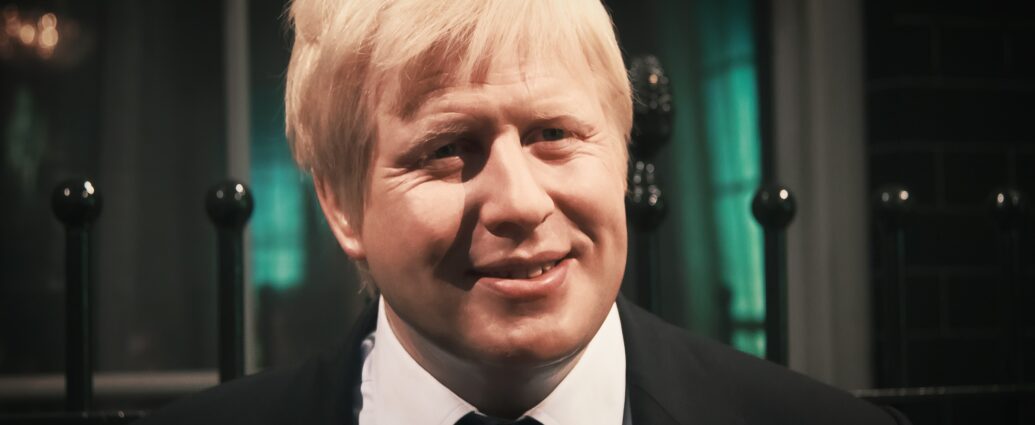Sanjana Idnani
Boris Johnson has stepped down as Conservative Party Leader following a stream of over 50 resignations from the government since Tuesday. Mr Johnson announced in his resignation statement on Thursday that he would remain as a caretaker Prime Minister until the Conservatives choose a new leader.
The timetable for the party’s leadership contest is due to be announced next week. It has been suggested that the process could last till October, but some Conservative MPs have proposed that the process could be shortened and completed within a few weeks.
The build-up to the resignation
Mr Johnson’s resignation comes after revelations that the PM and Downing Street deceived cabinet members and the public about his knowledge of sexual assault allegations against the former MP and Deputy Chief Whip, Chris Pincher, before appointing him to the cabinet in 2022.
Mr Pincher resigned last week following allegations that he groped two men when he was out at a private members’ club. Mr Pincher said that he “drank too much” and “embarrassed himself and others” during the night.
“Boris Johnson’s future was already hanging in the balance following Partygate”
Mr Johnson’s handling of both past and present sexual allegations against Mr Pincher reinvigorated ongoing discussions about the Prime Minister’s integrity. Boris Johnson’s future was already hanging in the balance following Partygate, Johnson’s attempts to block a suspension against Owen Patterson – who broke Parliamentary lobbying rules, and his willing attempts to alter the terms of previously ratified international agreements.
The Chris Pincher affair was the straw on the camel’s back for Mr Johnson, convincing many of his cabinet and parliamentary colleagues that they could no longer have confidence in him.
Who could be the next Prime Minister?
Three Tory MPs have officially announced their bids for leadership. These are Rishi Sunak (former Chancellor of the Exchequer), Suella Braverman (Attorney General), and Tom Tugendhat (MP and chair of the Commons Foreign Affairs Select Committee since January 2020).
According to the BBC, Conservative MPs who may throw their hat into the ring in the fight for No.10 over the next couple of days include:
· Liz Truss – Foreign Secretary
· Sajid Javid – Former Health Secretary
· Nadhim Zahawi – new Chancellor of the exchequer
· Jeremy Hunt (MP)
· Penny Mordaunt

How is a new Conservative leader chosen?
1. Candidates put themselves forward and require MP eight backers to enter the race.
2. The Parliamentary Party votes through a series of rounds until two candidates remain. The threshold to progress to the next round is doubled each time.
3. The wider Conservative party vote on the two remaining candidates.
4. Winner becomes party leader and prime minister
Looking ahead
“[Johnson] would continue to govern the country until the leadership contest is complete.”
The current process of electing a new party leader is lengthy and may last until the Conservative Party conference in Autumn. Boris Johnson announced that he would continue to govern the country until the leadership contest is complete.
However, given Mr Johnson lost the confidence of so many of his colleagues, including his new chancellor Nadhim Zahawi, there are concerns about Johnson’s ability to govern effectively over the coming months and given the severe economic issues facing the country right now and the complex state of foreign affairs, this has raised some cause for concern within the Conservative party.
“there is still much that hangs in the balance when it comes to our future government.”
Consequently, some Conservatives have suggested that Boris Johnson should step down as Prime Minister immediately and allow the current deputy Prime Minister, Dominic Raab, to be the Prime Minister in the interim. Alternatively, some Tories have suggested that the new leader is chosen solely by the Parliamentary Party to shorten the election process.
The timescale for each leadership contest is decided by the 1922 committee who could vote to change the rules of the leadership contest before it takes place.
So, while the chaotic resignations may have come to an end, there is still much that hangs in the balance when it comes to our future government.
Featured image courtesy of Mathew Browne via Unsplash. Image license found here. No changes were made to this image.


1 Comment